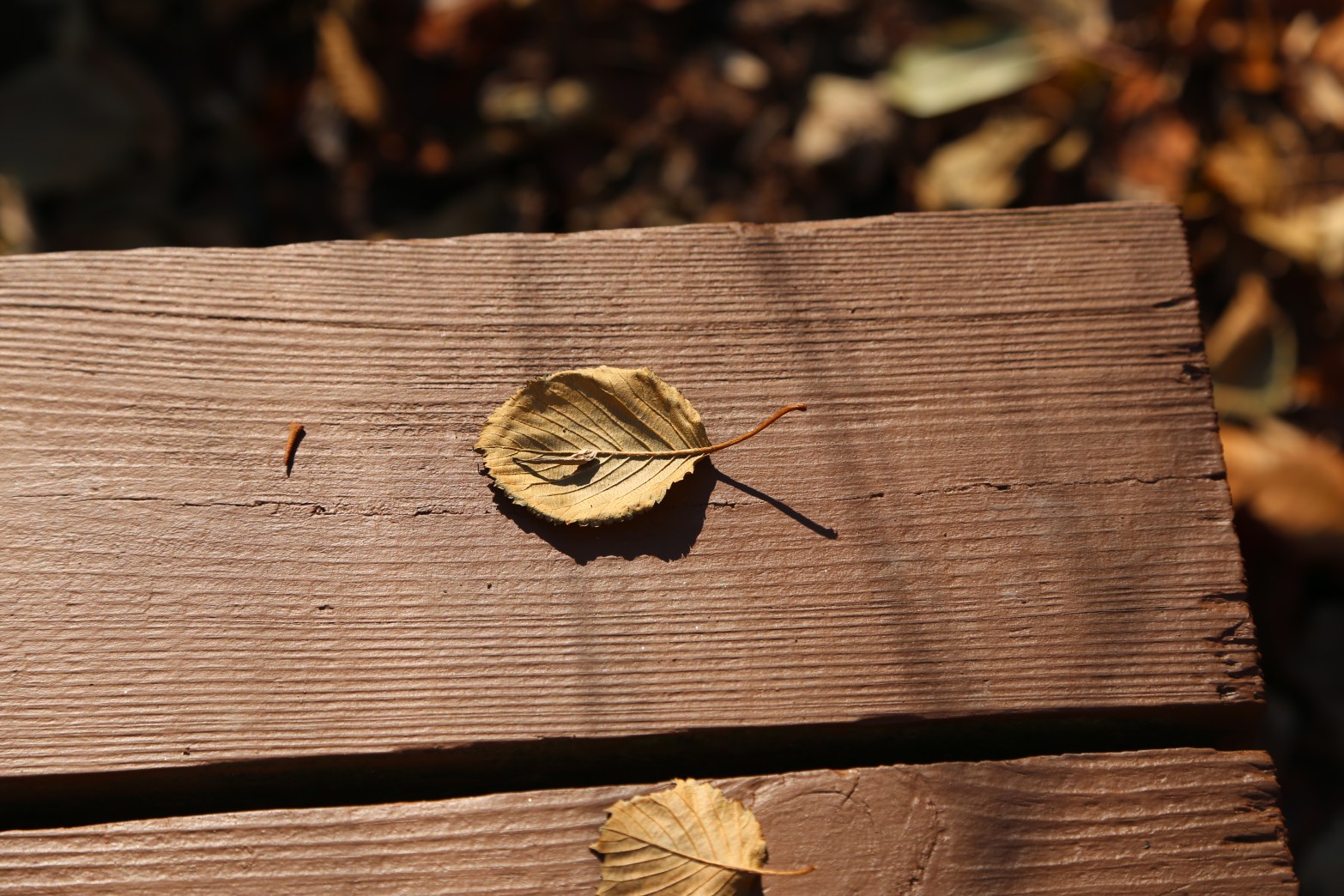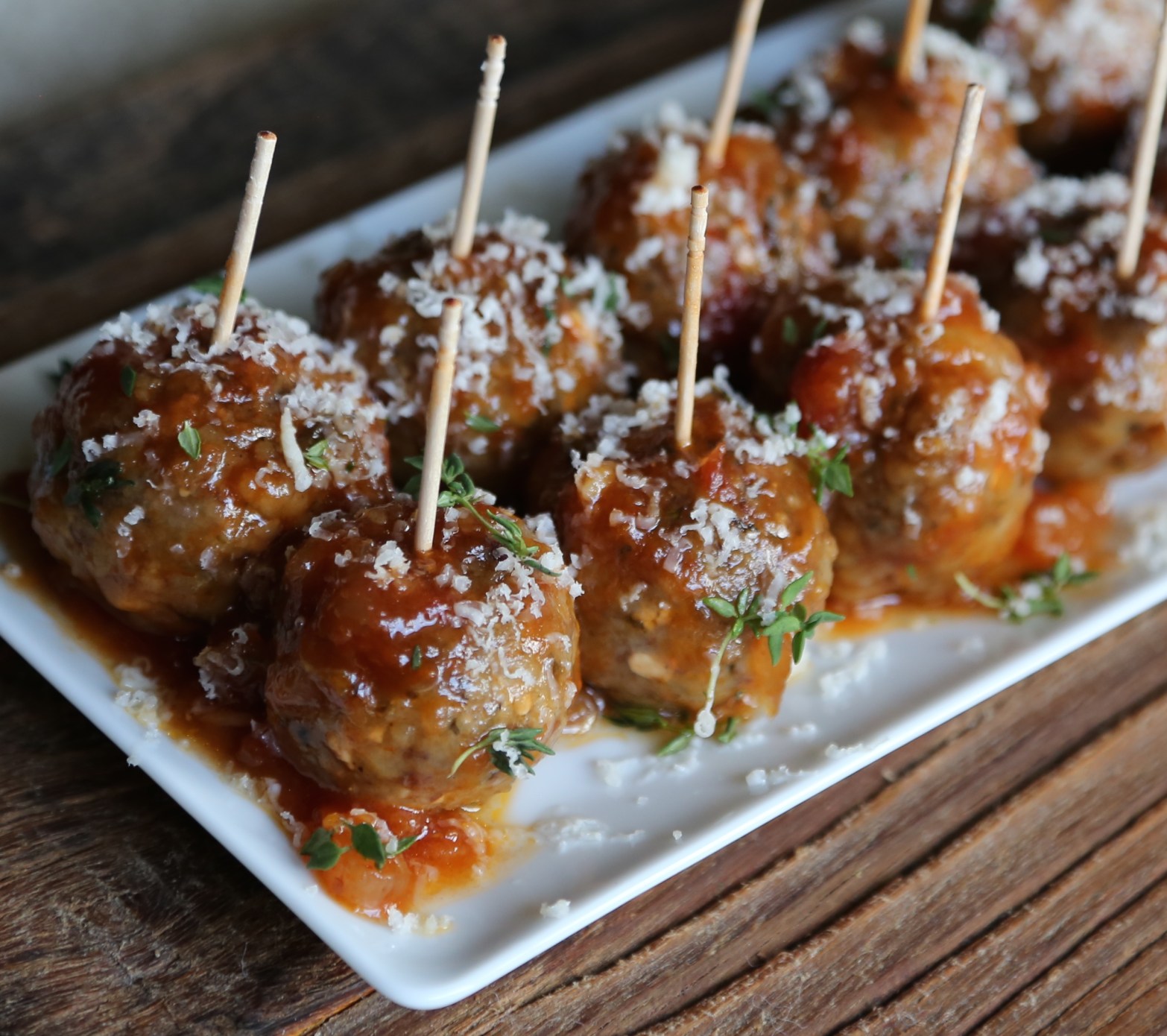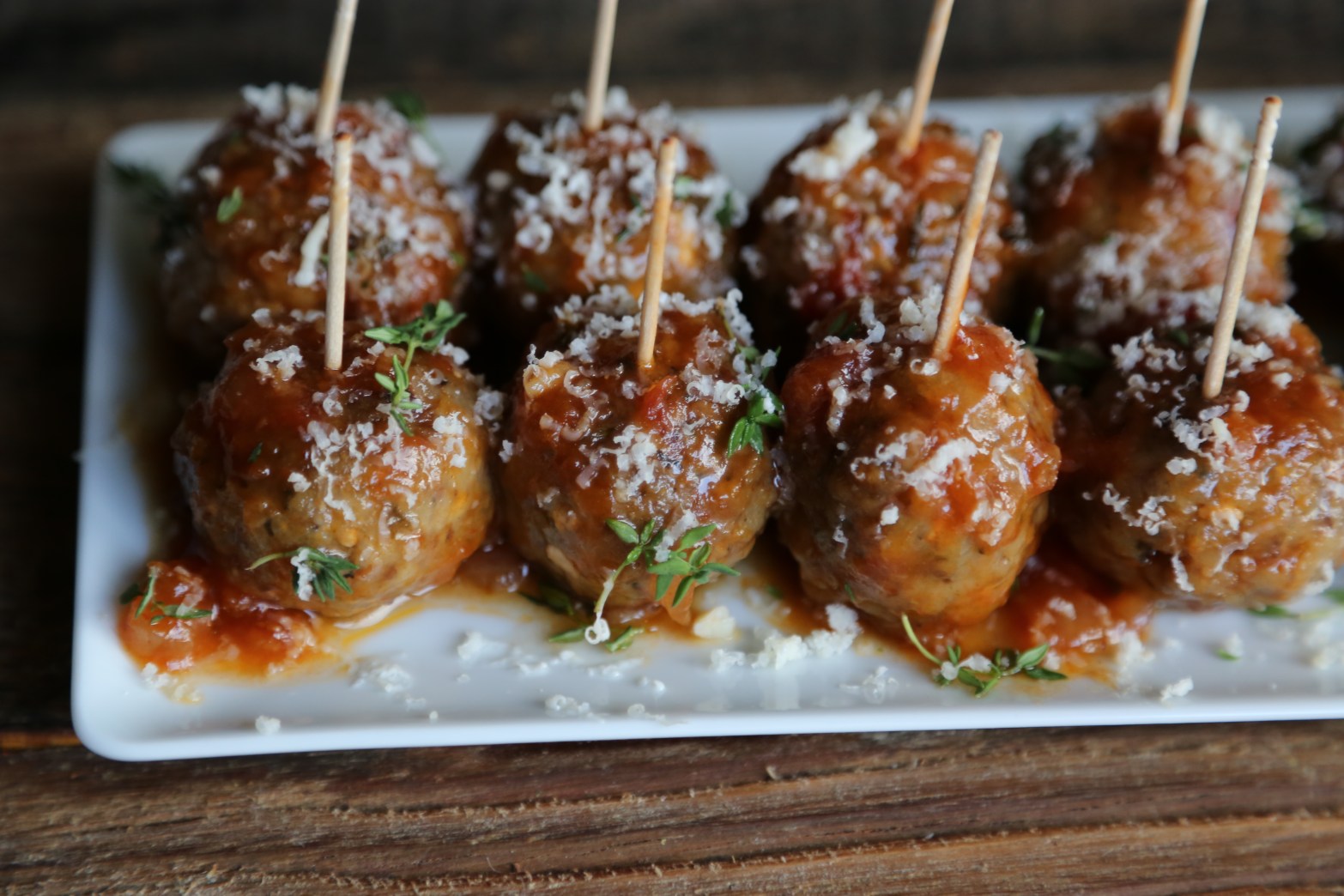I first heard of forest kindergartens (also called forest schools) a couple of years ago when a few European mothers I know where looking at preschool and kindergarten options for their little ones. These schools have been around for a long time in Europe, but only recently have become of growing interest in the U.S. In most kindergarten classrooms in the U.S., a normal day is usually filled with structured activities ranging from reading, writing, math, art, etc., and a half hour of recess. Although those are great activities, psychologists have found that play is actually the cornerstone of childhood development.
Using nature as the classroom, forest schools focus on student-driven inquiry while playing outdoors. There aren’t any traditional structured activities, just free play in all types of weather—rain, shine or even cold and nasty. Their motto: There’s no bad weather, only bad gear. Aside from a few measurements there are often no goals set for kindergarteners, saving literacy and math lessons for the first grade. For forest kindergartens, the importance of social interaction and emotional well-being is key.
Sound far out there? Well, although a child’s free play may just look only like a child having fun, studies show there’s much more at work. A lot of child’s play acts as an important foundation for certain skills, like reading, they will learn later. In a recent study (those of you who follow me on Twitter or Facebook already received this link) conducted at the University of Colorado, psychologists found children who experienced less-structured activities showed signs of better self-directed executive function, a strong predictor of success in school. Pediatric occupational therapist Angela Hanscom notes, In order for children to learn, they need to be able to pay attention. In order to pay attention, we need to let them move. In other words, outdoor play is vital for learning.
I haven’t yet decided where I’ll send my little one to kindergarten, but I’ll be sure to look into programs that encourage unstructured free play. Fortunately, I’ve already had a glimpse of what that might look like in a couple of parent-child classes I’ve attended with my son so far. One class has been with the Waldorf School in my area, the other has been at a nature preschool offered by the National Audubon Society. In both programs, free play is encouraged in all types of weather. It’s true that appropriate gear is really key!
At our nature preschool, we meet once a week to take a nature hike to explore forests, meadows, creeks, and ponds. The little ones are encouraged to use their natural impulse towards curiosity to explore and connect with the natural world around them.

It’s been fun to see my son marvel at the treasures he finds—the rough feel of bark one tree and the smooth feel of another; poking a stick at the surface of a frozen creek; blowing fluffy seeds of a milkweed plant; or simply walking in a forest on uneven ground. The experience has also helped me to learn how to stand back a bit, observe and allow (when safety is not an issue) his curiosity to drive his exploration. It truly is a beauty and privilege to see our environment through the eyes of a child. These photos were taken on our last walk through the forest.
Mock Meatballs
I first tried these sweet and sour mock meatballs many years ago when I lived on Guam and a friend’s aunt brought them to a local fiesta. I’ve made them often over the years as they are tasty and perfect for parties, holidays and potlucks. Meat eaters also love them too. The idea to make mini cupcakes from the mock meatballs came from Tyler Florence.
Here, I’ve used sweet and sour mock meatballs as the “cupcake” and Vanilla Mashed Sweet Potatoes as the “frosting”.
Sweet and Sour Mock Meatballs
Slightly adapted from Auntie Esther’s recipe
Makes 16-20 meatballs
Mock Meatballs
2 cups uncooked dried herb stuffing mix, crushed
1 cup walnuts, finely chopped
1 cup aged cheddar cheese, coarsely grated
½ cup cottage cheese
½ cup red onions, finely chopped
5 eggs, slightly beaten
1 tablespoon cumin, ground
1 tablespoon basil, chopped (or 1 teaspoon crushed)
½ teaspoon ground poultry seasoning (or ground sage)
¼ teaspoon cayenne pepper
1¼ teaspoon salt
freshly ground pepper
Apricot Glaze
1½ cups diced tomatoes (canned tomatoes are fine) or ketchup (see notes)
½ cup olive, canola or sunflower oil
3/4 cup cider vinegar or fresh lemon juice (if you can, mix half of each)
½ cup apricot jam
½ cup onions, chopped finely
2-3 cloves garlic, crushed
2-3 tablespoons brown sugar
1½ tablespoons oregano, chopped (or 1½ teaspoons crushed)
1 bay leaf
½-1 red chile, seeded and minced or a dash of hot sauce (optional)
1 teaspoon salt
In a large bowl, combine all ingredients for the mock meatballs and leave in the refrigerator overnight for flavors to meld together.
The following day, preheat oven to 350F.
Shape meatballs and place in a large baking dish. In a medium saucepan over medium heat, combine all ingredients for apricot glaze. Bring to a boil and pour apricot glaze over the meatballs. Bake until soft and tender, about 30-40 minutes. As oven temperatures may vary, keep an eye on your meatballs. If they are not properly coated/drenched in the sauce or if they cook for too long, the meatballs will be dry and the texture hard.
If making mini cupcakes:
Line the cups of a mini-muffin pan with paper liners. Form meatball and fill muffin cups with meatball mixture, leaving a little bit of space along sides and top for the apricot glaze. The glaze is needed for added moisture. Carefully pour sauce over each meatball and bake until tender, about 15-25 minutes. Please note the mini cupcakes require less time to bake than if in a large baking dish. Allow to cool about 5 minutes.
Use a pastry bag or butter knife to “frost” each cupcake with the mashed potatoes. Garnish with shredded aged cheddar cheese and thyme leaves. Serve warm.
Notes: Be sure to pour the sauce completely over the meatballs, else you will have dry spots. The original recipe calls for ketchup, instead of diced tomatoes, in the apricot glaze sauce. Besides that, my other changes to the recipe are slight.







Beautiful photos, and re: play and nature as integral to learning, I couldn’t have said it better myself!
Thanks for your comment Liz! Also thanks for your thoughtful advice and instruction during the parent-toddler classes at the Waldorf Schools! I’m grateful to have learned about the importance of free play while there! Happy Thanksgiving!
I was very lucky that in our neighborhood we had a preschool which was located on a huge land, made it possible to have little forest, a mini-zoo, all kinds of adventurous rides and expeditions. And of course, the academic part was right on the scientific trend of the day. And, that was 30 years ago.
These are interesting meatballs which I would love to have some. 😛
Thanks Fae! If it were possible, I would SO love to share these meatballs with you! 🙂 Happy Thanksgiving!
these mock meatballs sound delicious and what a clever idea to serve them as a cupcake!
Thank you so much for stopping by and leaving such a nice comment! I’m glad you like the meatballs and “cupcakes”!
When you refer to uncooked herb stuffing, do you mean the boxed dried stuffing mixes or something else?
Hi Lea, thanks for your question. Yes, I meant the boxed (or in a bag) dried stuffing. I normally use Pepperidge Farm’s Herb Stuffing Mix. I updated the post to be more clear. I also made a few additions For the apricot glaze, if you can, use lemon juice and vinegar. If you have any more questions, please don’t hesitate to let me know! I really hope you love these mock meatballs!!! Please keep me posted.
Thanks so much. I will add the stuffing mix to my grocery list. I just finished reading your posts about Quebec City, you made me want to go home (not to Quebec but to Montreal). My mom lived in Quebec City in the 1920’s as a child. She lived in Upper Town and used to play on the Plains of Abraham….ahh….nostalgia
Hi Lea, I’m so glad to hear that my posts on Quebec City brought a bit of nostalgia and longing for home. I visited your lovely home town of Montreal about four years ago, long before I started the blog, else I would have featured it too. Next time…. It seems so wonderfully romantic that your mother lived in Quebec City in the 1920s!!!!
Hi ! Just wanted to let you know that we’ve added this recipe to our top 100 recipes for thanksgiving 2015! Check it out: http://ohmydish.com/100-best-thanksgiving-recipes-for-2015/ 🙂
Thank you for sharing this recipe! I hope your readers enjoy it!